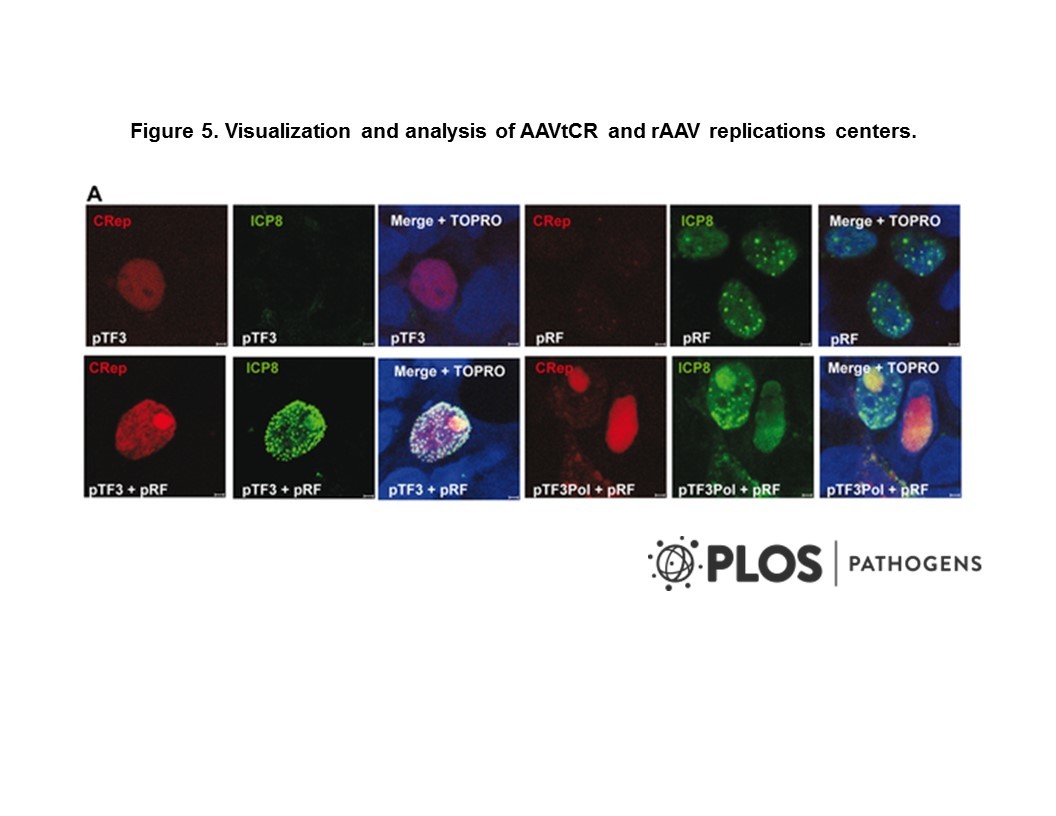Cat. #160550
IL-10-expressing Raw 264.7 cell line
Cat. #: 160550
Sub-type: Continuous
Unit size: 1x10^6 cells / vial
Organism: Mouse
Disease: Cancer
£575.00
This fee is applicable only for non-profit organisations. If you are a for-profit organisation or a researcher working on commercially-sponsored academic research, you will need to contact our licensing team for a commercial use license.
Contributor
Inventor: Jose Luis Pedraz ; JesÄ?s Ciriza ; Laura Saenz del Burgo
Institute: University of the Basque Country, EHU
Tool Details
*FOR RESEARCH USE ONLY
- Name: IL-10-expressing Raw 264.7 cell line
- Alternate name: IL-1, Interleukin 1
- Tool sub type: Continuous
- Parental cell: Raw 264.7
- Organism: Mouse
- Disease: Cancer
- Growth properties: Adherent cells
- Conditional: Yes
- Conditional description: Il-10 is expressed as long as these cells are grown in media containing 10ug/ml of blasticidine.
- Description: Microencapsulated macrophages release conditioned medium able to prevent epithelial to mesenchymal transition.Epithelial to mesenchymal transition (EMT) has emerged as a key process in the development of renal fibrosis. In fact, EMT-derived fibroblasts contribute to the progression of chronic renal disease. In addition, anti-inflammatory M2 macrophages have exhibited a great influence on renal fibrosis. However, because of the high impact that the inputs of different environmental cytokines have on their phenotype, macrophages can easily lose this property. This is why we aimed to modify the Raw 264.7 cell line in order to induce a M2 stable phenotype.M1 and M2 macrophages are main characters in the fibrotic process, chiefly preventing epithelial to mesenchymal transition (EMT). EMT, a process that make fully differentiated epithelial cells undergo transition to a fibroblast phenotype, has emerged as one important pathway in the development of renal fibrosis. Cells in EMT acquire mesenchymal migratory capacity and travel across the disrupted tubular basement membrane into the interstitial microenvironment. EMT-derived fibroblasts within the interstitium contribute to the progression of chronic kidney disease by facilitating deposition of interstitial extracellular matrix. The use of transplanted macrophages, pumping out active factors directly at the site, has proven to be an emergent technology in order to restore kidney function or modulate fibrosis through its role on EMT. However, macrophages, when transplanted in vivo, can lose their beneficial properties, depending on the environments. Thus, to preserve the macrophage regenerative effects, these cells were modified in order to induce and maintain their M2 phenotype.
Target Details
- Target: Interleukin-10
Handling
- Format: Frozen
- Growth medium: Cells must be grown in blasticidine containing media (90% RPMI-1640 + 10% h.i. FBS).
- Unit size: 1x10^6 cells / vial
- Shipping conditions: Dry ice





